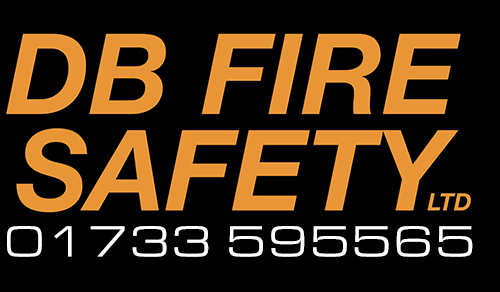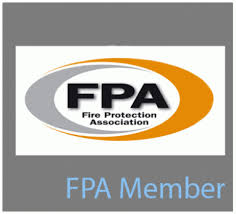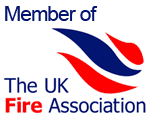Government statistics have revealed that there were 2,190 tumble dryer fires in England and Wales between 2012 and 2014. This equate to three a day. The LGA has warned that people are “playing Russian roulette” by using faulty appliances prone to exploding into flames – http://www.local.gov.uk

DB Fire Safety advises businesses such as residential care homes, hairdressers, cafes, bars and restaurants that when using tumble driers on their premises to follow safety advice. If not, then they could be at serious risk from fires.
Peterborough based DB Fire Safety advice is:
- Filters should be cleaned after each load to remove fluff, lint and any debris.
- No tumble dryer appliance should ever be left running unattended or overnight.
- Ensure that there is adequate dryer ventilation as directed by the operating manual
The BBC continues to report that there continues to be an on-going tumble dryer fire risk problem with the international company – Whirlpool. Whirlpool owns Hotpoint, Indesit and Creda. In November last year, Whirlpool notified customers of a tumble dryer safety deficit.
Approximately 5 million Whirlpool tumble dryers have been sold in the UK. In some cases, the fire is caused by a build-up of excess fluff which comes into contact with the dryer’s heating element and then catches fire.
Owners of Indesit, Hotpoint or Creda machines which were bought between April 2004 and September 2015 have been advised to check their machines. A website dedicated to safety has been set up for customers – http://www.electricalsafetyfirst.org.uk
The company is activating what they have termed “an extensive consumer outreach and service action plan in order to provide our consumers with products that are updated to higher safety and quality standards”. A visit will be arranged for an engineer, free of charge, to modify your appliance. The service call will take approximately one hour.
DB Fire Safety’s provides businesses and organisations with comprehensive fire safety support; specialising in the provision of fire risk assessments and training staff in fire safety awareness.





 homes. As may already know, it is an individual’s right to continue to smoke when in care.
homes. As may already know, it is an individual’s right to continue to smoke when in care. fire safety regulations.
fire safety regulations.
 comply with the The Regulatory Reform (Fire Safety) Order 2005
comply with the The Regulatory Reform (Fire Safety) Order 2005